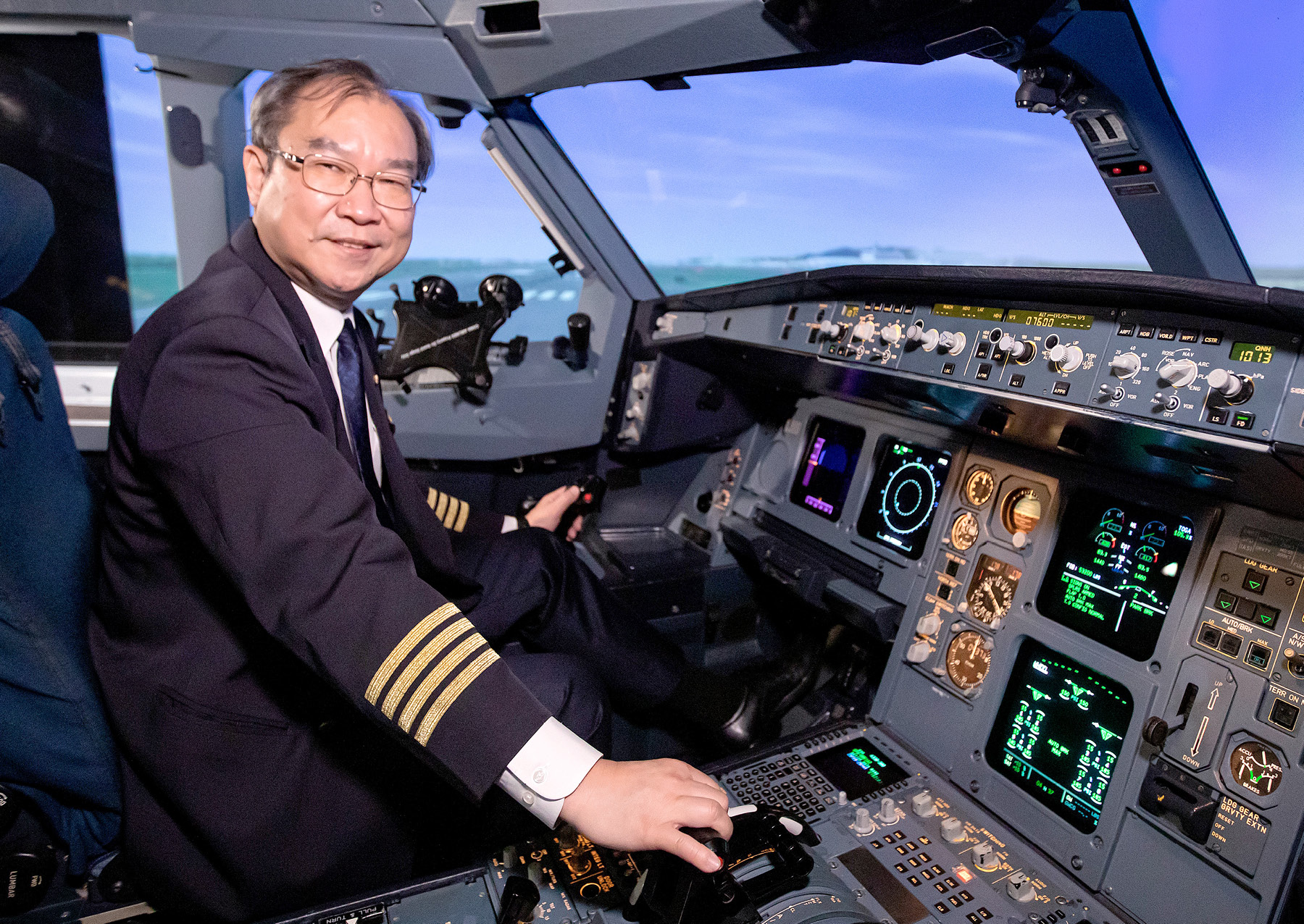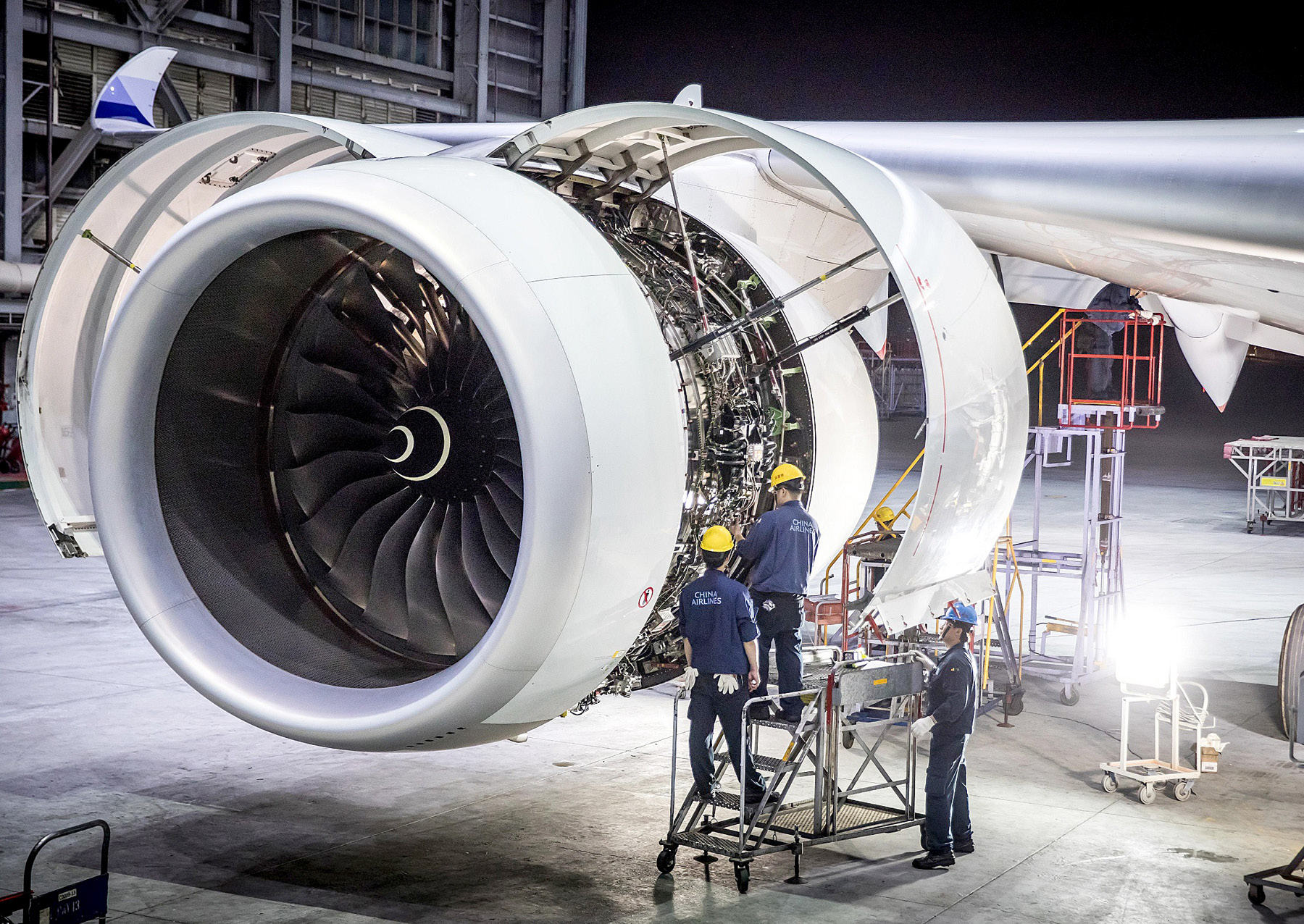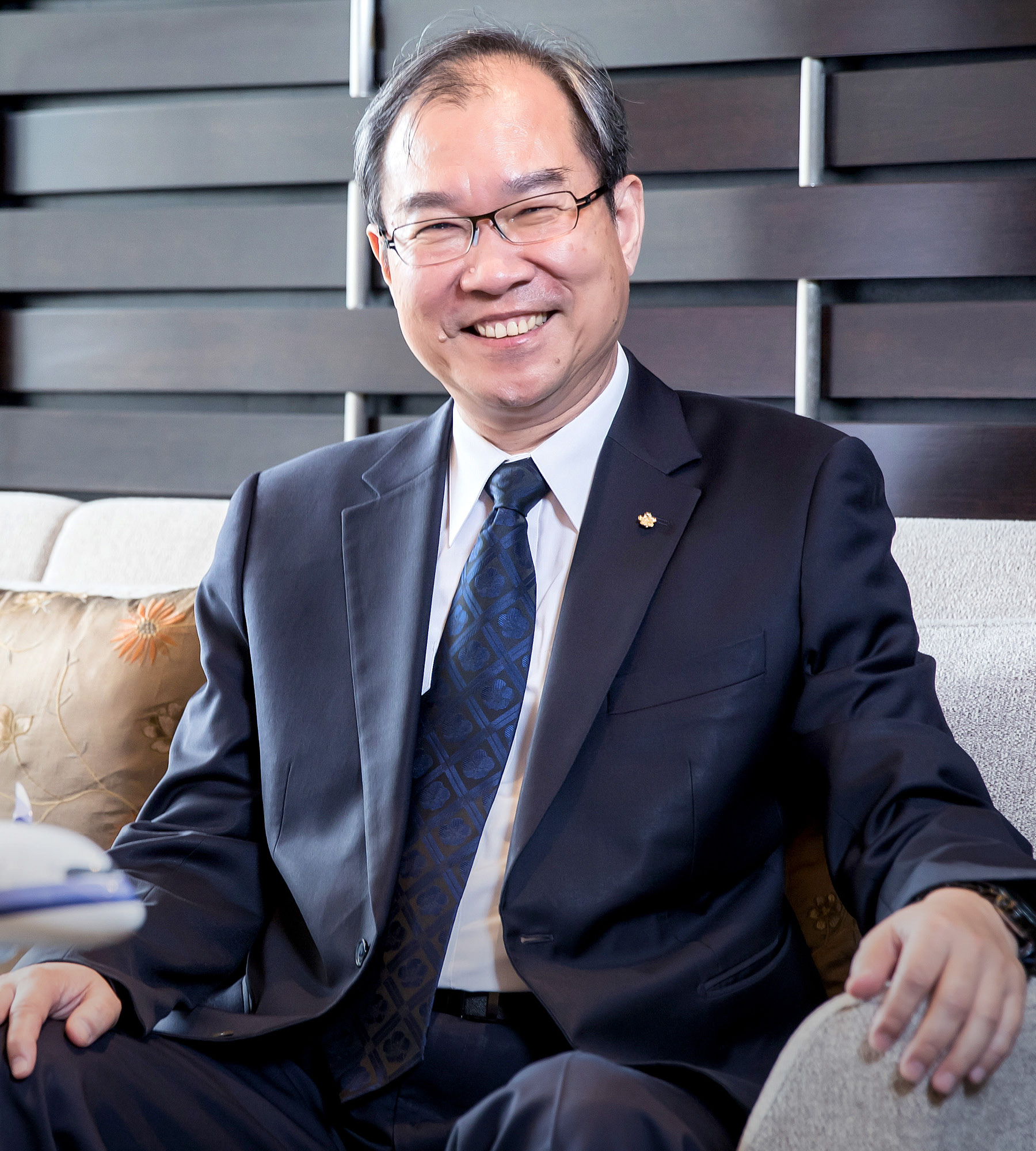Language
You can read the magazine in one of the following languages
When Shing-Hwang Kao assumed the position of China Airlines (CAL) President in March 2021, the pandemic was already in full swing, with the situation just starting to worsen in the airline’s home country of Taiwan. Fortunately, the airline was already in an enviable position, emerging from the turbulence of 2020 as the only profitable Asian airline – a strong position he helped establish in his former role of Senior Vice President and has since built on further.
Quick thinking had seen the airline shift its focus to its cargo operations as the realities of the pandemic started to become clear. “In addition to fully utilising the advantages offered by our fleet of 21 freighters, we also began assigning passenger aircraft to cargo missions from March 2020 onwards,” Shing-Hwang tells The CEO Magazine. “Flights were considered worthwhile if revenues from the belly hold covered variable costs such as fuel, airport fee and labour.”
That strategic pivot meant that 2020 also saw CAL become the fifth largest air cargo carrier in 2020, according to International Air Transport Association (IATA) figures, carrying around 1.4 million tonnes of cargo – a 12.8 per cent increase year on year. “We are not only one of the few airlines in the world to stay in the black, but also the first airline in Asia to have its credit rating changed from negative to stable,” Shing-Hwang says proudly.
“We are not only one of the few airlines in the world to stay in the black, but also the first airline in Asia to have its credit rating changed from negative to stable.”
This approach helped the airline reduce losses, but it also enabled it to cope with liquidity pressures as demand for cargo services surged as consumer behaviour shifted to a new stay-at-home model and medical supplies and aid were transported around the world.
To cater specifically to continued global demand for epidemic prevention medication, the airline fine-tuned its offering, including the provision of temperature-controlled services. “In addition to bidding for the vaccine transport market and transporting vaccines purchased by Taiwan on a number of occasions, we’ve also successfully carried out vaccine transshipment missions from Asia to other countries to generate new revenue sources,” Shing-Hwang shares. “Our cold-chain logistics business has grown several-fold and we will continue to monitor the latest developments in the global cargo market.”

Since Shing-Hwang, who is also a trained pilot, assumed the President role, the airline’s performance has continued to improve. China Airlines experienced explosive growth and generated record cargo revenues of US$4.3 billion (A$6 billion), the highest ever in the 62-year history of the carrier. “China Airlines focused on boosting carrying capacity by increasing the frequency of passenger and cargo flights,” he says. Even though the passenger market remained stagnant, the export cargo market “showed no signs of weakening” and Shing-Hwang is confident of a strong performance in terms of cargo revenue in 2022.
Although the airline will continue to focus on cargo over the coming year, when its passenger market eventually starts to recover, the airline will divide its efforts between full-service and low-cost carriers. “There is no doubt that China Airlines will have to contend with an even more difficult business environment in the future,” he predicts. “Despite the unprecedented impact of the current pandemic, China Airlines will continue to uphold its brand philosophy and consolidate its market position through product differentiation.”
Already, the airline is preparing for that future, adding additional passenger services and routes across Asia, North America, Europe and Australia as part of a summer schedule review in anticipation of growing demand post-pandemic.
“Despite the unprecedented impact of the current pandemic, China Airlines will continue to uphold its brand philosophy and consolidate its market position through product differentiation.”
CAL has already procured a fleet of 25 Airbus A321neo aircraft, to carry both passengers and cargo, and will also recruit 150 pilots this year. It took delivery of its first A321neo in November 2021 and Shing-Hwang expects the aircraft to become a “mainstay” on the airline’s regional routes.
While primarily passenger-focused, the new aircraft will also boost the competitiveness of its cargo services. “The cargo loading system specified for the belly hold of the A321neo uses pallets for more efficient cargo handling, shorter transit stops, as well as protection of cargo and passenger luggage,” Shing-Hwang explains.
Even with these preparations underway, he is watching the situation carefully as the airline gradually rebuilds its network, aware of predictions that business travel will be greatly reduced in the future. “Traveller confidence has yet to be restored and the protection offered by vaccines remains uncertain,” he says. “Thus China Airlines is adopting a cautious approach to the passenger market. International air travel in Asia may take until 2024 to return to pre-pandemic levels.”
Meanwhile, air travel will look very different to its pre-pandemic guise, with face masks, temperature measurements, social distancing and health declarations all par for the course. Shing-Hwang believes the aircraft are perfectly suited to the needs of the “new normal” with the new fleet prioritising contactless service and “enhanced epidemic prevention measures”.
“Epidemic prevention will undoubtedly become the norm for airlines in the future,” he forecasts. “In addition to enhanced epidemic prevention measures and more frequent disinfections, the use of digital technologies will be emphasised for passenger services. China Airlines will continue to make passenger health and safety its top priority and develop products and services that reflect this focus.”
Among its innovations to date is the CAL app, which offers travellers the opportunity to check in online and check their own luggage along with the rolling out of self-service boarding through facial recognition at airports around the world. “Passengers in the boarding queue no longer have to present their boarding pass and passport for inspection,” Shing-Hwang says. “They can simply present themselves to the facial recognition system to complete the boarding checks.”
“China Airlines will continue to make passenger health and safety its top priority and develop products and services that reflect this focus.”
China Airlines also upgraded its in-flight entertainment offering with its “Dynasty Sky Reading” e-book service. Travellers can now use smartphones and other personal electronic devices to download over a hundred newspapers, magazines and other publications.
Developments in digital health platforms are also of great interest to CAL which, in April 2021, partnered with the Affinidi digital health verification platform to streamline the check-in process on flights returning to Taiwan from Singapore and Kuala Lumpur. It is also working with Taiwan’s Digital COVID-19 certificate and has trialled IATA’s Travel Pass platform, which also aims to speed up the check-in process, minimise human contact and reassure passengers.
“Unfortunately, the layers of epidemic prevention and service optimisation measures all add to an airline’s operating costs and will be reflected directly in ticket prices,” Shing-Hwang warns. “Travellers can therefore expect high ticket prices and a high cost of travel in the future.”

Even with so much going on, CAL has not shirked its environmental, social and governance (ESG) responsibilities, and has been duly recognised for its efforts. In 2021, it was included in the Dow Jones Sustainability Indices for the sixth consecutive year, placing second in the global airline industry. It also appeared in the FTSE4Good Emerging Index for the sixth time and the FTSE4Good TIP Taiwan ESG Index for the third time. To top it all off, the airline won three awards at the 2021 Global Corporate Sustainability Awards and the Taiwan Corporate Sustainability Awards.
“To do our part in the global effort for carbon reduction, China Airlines has officially set net-zero carbon emissions by 2050 as the target for our business operations,” Shing-Hwang states. As proof of its achievements in this area, it has become the first airline in Taiwan and the second in the world to have obtained both the ISO 14001 environment management system certification and the ISO 50001 energy management system certification. “In 2021, China Airlines passed the highest level of verification for greenhouse gases as well, setting the benchmark for sustainable development and governance as an international enterprise,” he says.
With so many achievements during such a turbulent period, CAL is entering the travel renaissance with firm foundations and high ambition. “Our goal is to realise the vision of ‘becoming the most preferred airline in Taiwan’ and to continue to perform successfully for another six decades of aviation.”

